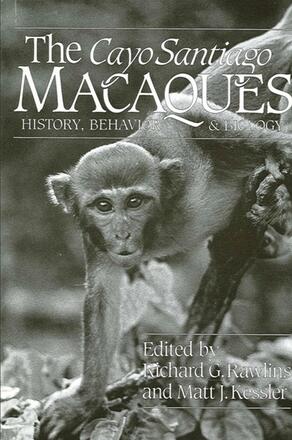
The Cayo Santiago Macaques
History, Behavior, and Biology
Alternative formats available from:
Description
This volume presents a broad spectrum of research on the Cayo Santiago macaques, a unique free-ranging colony of rhesus macaques in Puerto Rico. It includes thirteen scientific studies on the behavior and biology of the Cayo Santiago macaques, as well as a detailed history of the colony and a complete bibliography of over 260 scientific publications based on work at Cayo Santiago from 1938 through 1984. The chapters represent examples of both short- and long-term research conducted on the island over the past several years. Some are reviews, providing a synopsis of complex longitudinal studies of behavior, vocal communication, functional morphology, genetics, and population dynamics. Others document the results of opportunistic studies of behavior or biological surveys. The chapters cover a broad range of topics, but all share a common dependence on the detailed life history and genealogical data which make the Cayo Santiago macaque colony an important international research resource.
Richard G. Rawlins is Assistant Professor of Obstetrics and Gynecology and Director of the Primate In Vitro Fertilization Laboratory, Rush-Presbyterian-St. Luke's Medical Center, Chicago. Matt J. Kessler is Director of Veterinary Services, Caribbean Primate Research Center, University of Puerto Rico, School of Medicine.